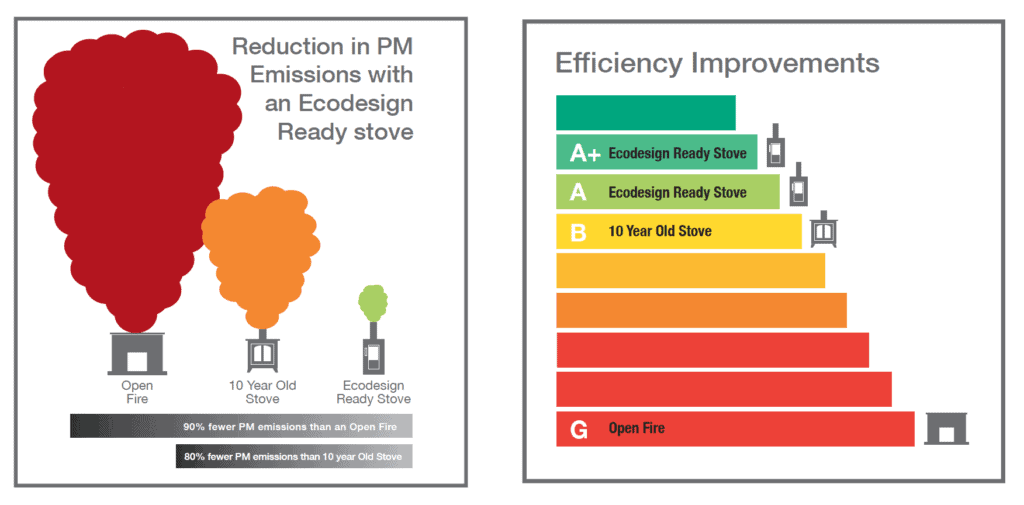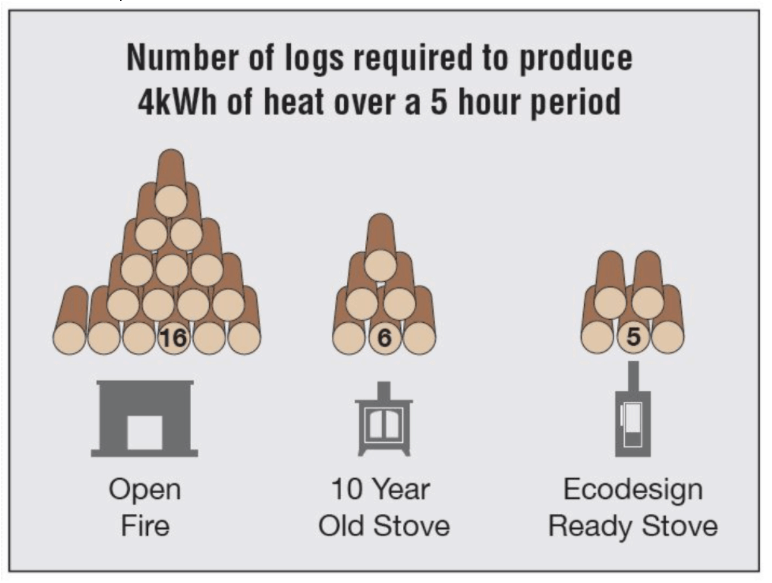It’s been estimated that some 200,000 people in the UK may be unable to heat their homes this coming winter, which could put them at greater risk of Covid19, according to The End Fuel Poverty Coalition. The economic impact of Covid19 is thought to be a key driver in this worryingly high statistic.
What is Fuel Poor/Poverty?
Fuel poverty or being fuel poor in England is measured using the Low Income High Costs (LIHC) indicator. Under the LIHC indicator, a household is considered to be fuel poor if:
1. They have required fuel costs that are above average (the national median level)
2. Were they to spend that amount (above), they would be left with a remaining income below the official poverty line
There are three key elements in deciding if a household is fuel poor:
1. Household income
2. Household energy demands
3. Prices of fuel
Part of the problem behind being fuel poor is the use of old, inefficient heating appliances, which often use a great deal more energy for the same heat output. Lower income homes often only have old, tired appliances, which cost more to run – which further impact on the problem. Furthermore, these old inefficient heating appliances are also much less environmentally friendly.
Second Wave
The threat of a second wave of Coronavirus this winter is a major concern, it’s even more of a concern for people who are struggling to heat their homes. Good respiratory health and the right levels of heating and ventilation in a home are key to helping people keep safe. Cold, damp homes can have a devastating impact on one’s health – which can make it much harder to fight infections like Covid19.
In winter people are much more likely to spend significant time indoors. This puts more pressure on them making sure their home is warm and well ventilated. Covid19 spreads much more easily indoors. Combined with worsening health due to cold, damp homes is a recipe for disaster.
Fuel Efficient Heating
It’s easy to see just how poor old, inefficient fires and open fires are, when it comes to efficiently heating a home. The diagram below shows just how bad this issue is. Investing in an Ecodesign Ready stove for example would mean you will be able to heat your home using a lot less fuel than an open fire or an old inefficient stove.
The maths are simple. Over time, the initial cost of the new stove would be cancelled out with the cost savings from burning less wood.

The benefits of a Ecodesign Ready Stove
The benefits of an Ecodesign stove are easy to see. The diagram below shows just how much can be saved. This helps both from an financial point of view and also an environmental perspective.
Companies such as us have invested a huge amount of resources in creating Ecodesign Ready stoves. These stoves are the future of burning wood in a home. Stoves don’t just look great – they are incredibly efficient too.
To learn more about Ecodesign Stoves and see them in action, please find your local dealer here.









